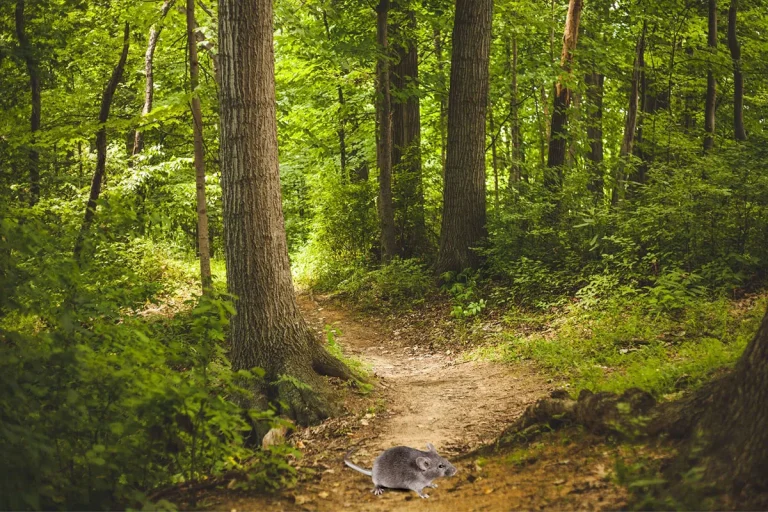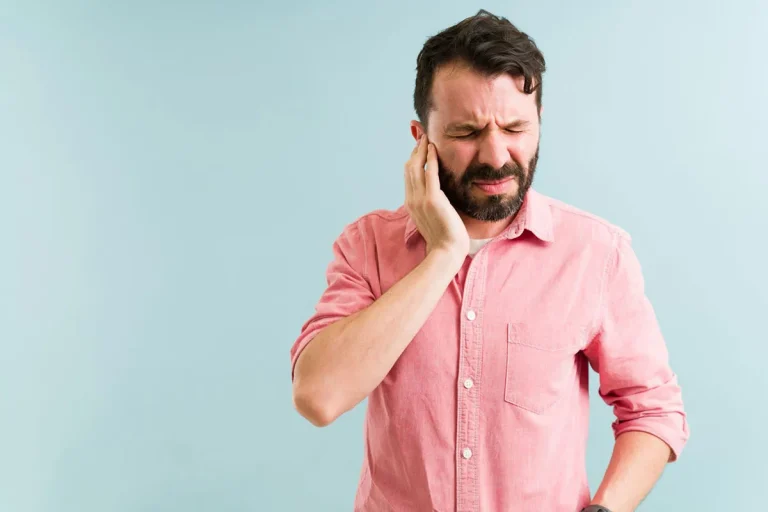Moles on the buttocks often raise questions about their meaning and significance. If you have a mole on your bottom, you may wonder what it signifies about your personality, future, or overall wellbeing.
If you’re short on time, here’s a quick answer to your question: moles on the buttocks generally have no special meaning. They are usually harmless and do not signify anything about your personality or destiny.
In this comprehensive guide, we will look at the various meanings and myths associated with buttocks moles, what different location on the buttocks indicates, and when you should be concerned about changes to your buttocks moles.
Common Myths and Meanings Associated with Buttocks Moles
Having a mole on the buttocks is a common occurrence, but it often leads to various misconceptions and myths. Let’s explore some of these myths and shed light on the true meanings associated with buttocks moles.
Personality Characteristics
One prevalent myth is that the location of a mole on the buttocks can reveal someone’s personality traits. However, it is important to note that there is no scientific evidence supporting this claim. Moles are simply skin growths caused by an overgrowth of melanocytes, the pigment-producing cells in the skin. They are not indicators of personality or character.
While it can be fun to speculate about the meaning of moles, it is essential to rely on scientific evidence rather than unfounded beliefs. Remember, your personality is not determined by the presence or position of a mole on your buttocks!
Life Events
Another myth suggests that moles on the buttocks can predict certain life events. Some believe that a mole in a particular spot can bring good luck or indicate future success. However, there is no scientific basis for this claim.
It is important to approach these beliefs with a critical mindset. Moles are a natural part of our skin and do not have the power to influence events in our lives. So, don’t worry if you have a mole on your buttocks. It’s just a harmless mark without any supernatural implications.
Health Indications
One misconception surrounding buttocks moles is that they can be indicative of underlying health conditions. While it is true that moles should be monitored for any changes in size, shape, or color, their presence on the buttocks alone does not necessarily indicate any specific health issue.
If you notice any changes in your mole, such as bleeding, itching, or asymmetry, it is essential to consult a dermatologist. They can evaluate the mole and determine if any further action is required. Remember, regular skin checks and early detection are key to maintaining good skin health.
Moles on Different Buttocks Locations and Associated Meanings
Upper buttocks
Moles on the upper buttocks can have various meanings. One possible interpretation is that it could indicate a strong work ethic and determination. People with moles in this area are often hardworking individuals who are not afraid to put in the effort to achieve their goals. Alternatively, it could also signify a need for personal space and independence. Those with moles on their upper buttocks may value their alone time and require a certain level of solitude to recharge.
Middle buttocks
Moles situated on the middle part of the buttocks can have different implications. One potential meaning is associated with a person’s social nature. Those with moles in this area tend to be extroverted and enjoy being the center of attention. They have a natural ability to connect with others and thrive in social settings. Additionally, moles in this location may also be linked to a strong sense of intuition. Individuals with moles on their middle buttocks often possess a heightened awareness and rely on their gut instincts to make decisions.
Lower buttocks
Moles found on the lower buttocks can also hold significance. One possible interpretation is related to a person’s sensuality and passion. Individuals with moles in this area tend to have a strong desire for physical intimacy and may have a magnetic allure. They are often confident and comfortable in their own skin. Additionally, moles on the lower buttocks can also symbolize a need for stability and security. Those with moles in this location may prioritize creating a stable foundation in their lives and seek long-term commitment in relationships.
When to See a Doctor About a Buttocks Mole
While most moles are harmless and do not require medical attention, it is important to be aware of any changes in your moles, especially those on your buttocks. In some cases, a mole on the buttocks could be a sign of skin cancer, so it is crucial to know when to seek medical advice. Here are some signs to look out for and changes to watch for:
Signs of cancer
It is important to remember that not all moles on the buttocks are cancerous, but certain signs may indicate the need for further evaluation. If you notice any of the following signs, it is advisable to consult a dermatologist:
- A mole that is asymmetrical, with one half not matching the other
- An irregular border or edges
- Changes in color, such as darkening, multiple colors, or uneven pigmentation
- A mole that is larger than 6 millimeters in diameter (about the size of a pencil eraser)
- Evolving moles that are changing in size, shape, or appearance
- Itching, bleeding, or oozing from the mole
Remember: These signs do not necessarily mean that you have skin cancer, but they are potential warning signs that should prompt further investigation.
Changes to watch for
Even if your mole does not display any of the signs mentioned above, it is still important to keep an eye on it for any changes. Regular self-examinations can help you identify any new developments or alterations to your mole. Here are some changes to watch for:
- Any new moles that appear on your buttocks
- Moles that increase in size or become raised
- Moles that change in texture or become bumpy
- Moles that become itchy or start to bleed
- Moles that develop an irregular shape or change in color
By monitoring your moles and being vigilant about any changes, you can play an active role in your skin health. If you notice any significant changes or have concerns about a mole on your buttocks, it is always best to consult a healthcare professional for a proper evaluation.
For more information on skin cancer and mole evaluation, you can visit the American Academy of Dermatology’s website at www.aad.org.
Risk Factors for Buttocks Mole Changes
Sun Exposure
Sun exposure is one of the key risk factors for changes in moles on the buttocks. Prolonged and unprotected exposure to the sun’s harmful UV rays can cause the development of new moles or changes in existing ones. It is important to protect your skin from the sun by using sunscreen with a high SPF, wearing protective clothing, and seeking shade during peak hours of sunlight. Regularly examining your moles and seeking medical attention for any changes is crucial in early detection and prevention of potential skin issues.
Family History
Family history also plays a role in the development and changes of moles on the buttocks. If you have a family history of atypical moles or skin cancer, you may be at a higher risk of experiencing changes in your moles. Genetic factors can contribute to the development of abnormal moles, which may require closer monitoring and proactive measures. It is important to discuss your family history with a dermatologist to determine the appropriate course of action for monitoring and managing your mole health.
Skin Type
Your skin type can also influence the risk of mole changes on your buttocks. Individuals with fair skin, light hair, and light eye color are generally more prone to developing moles and experiencing changes in them. This is because fair skin contains less melanin, which is the pigment that helps protect the skin from harmful UV rays. If you have fair skin, it is important to be vigilant about monitoring your moles and protecting your skin from excessive sun exposure. Regularly visiting a dermatologist for skin checks can help detect any changes in your moles early on.
Prevention and Early Detection of Buttocks Mole Changes
Perform regular self-exams
One of the most effective ways to prevent and detect changes in buttocks moles is by performing regular self-exams. Take a few minutes every month to thoroughly examine your buttocks and surrounding areas. Look for any new moles, changes in the color, shape, or size of existing moles, or any other unusual characteristics. If you notice any changes or have concerns, don’t hesitate to consult a dermatologist.
See a dermatologist annually
In addition to self-exams, it’s crucial to schedule an annual visit with a dermatologist. Dermatologists are experts in skin health and can provide a professional assessment of your buttocks moles. They have the necessary knowledge and tools to identify any potential abnormalities or signs of skin cancer. Regular check-ups can help detect any changes at an early stage, increasing the chances of successful treatment.
Practice sun safety
Exposure to the sun’s harmful ultraviolet (UV) rays is a significant risk factor for the development of skin cancer, including mole changes. To protect your buttocks and skin in general, it’s essential to practice sun safety. Use sunscreen with a high SPF, wear protective clothing, such as long-sleeved shirts and wide-brimmed hats, and seek shade during the peak hours of sunlight. Additionally, avoid the use of tanning beds, as they can also increase your risk of skin damage.
Remember, prevention and early detection are key when it comes to buttocks mole changes. By performing self-exams, visiting a dermatologist regularly, and practicing sun safety, you can take proactive steps towards maintaining your skin health.
Conclusion
While many myths exist around the meaning of buttocks moles, most have no special significance. It is important to monitor all moles for changes and see a doctor promptly if you notice anything unusual.
Buttocks moles that remain unchanged usually require no treatment. With proper prevention and early detection, benign moles on the buttocks are nothing to worry about.






